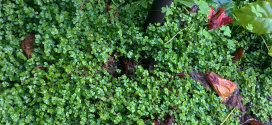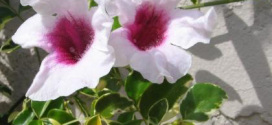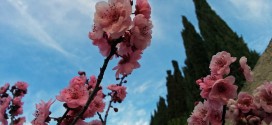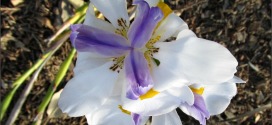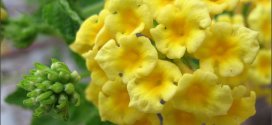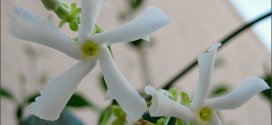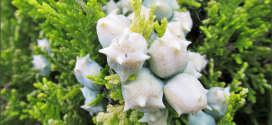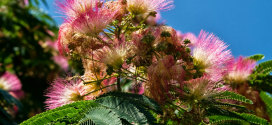Gardening enthusiasts often face the challenge of limited space, especially in urban settings. But did you know that you can grow a majestic Liquidambar tree right on your patio or balcony? Yes, it’s possible to cultivate this beautiful deciduous tree in a large pot, and I’m here to guide you through the process. But First… Don’t plant it in the …
Read More »Landscaping
Dichondra
Dichondra is a warm-season perennial ground cover, best adapted for cool coastal conditions. It will grow in partial shade, but does best in full sun. I grow a small patch (1×4 feet) in the courtyard on the north-facing side. Because dichondra does not tolerate heavy traffic, it is best adapted for small areas rather than large lawns or where mowing …
Read More »Bower Vine
Bower Vine, Jasmine, Pandorea jasminoides. Pink bower vine is a fast-growing vine that reaches heights of 20 to 30 feet at maturity. The vine adds color to the landscape all summer, displaying soft pink, bell-shaped blooms with dark pink throats. Thanks to the lush, evergreen foliage, the vine is attractive even when it isn’t blooming. Bower vine is suitable for planting …
Read More »Buddleja
Butterfly Bush, Summer Lilac, Orange-eye Butterfly Bush, Buddleja fallowiana ‘Lochinch’ Family: Buddlejaceae Genus: Buddleja (BUD-lee-uh) (Info) Species: fallowiana (fal-low-ee-AH-nuh) (Info) Cultivar: Lochinch Synonym:Buddleia fallowiana Category: Shrubs Height: 4-6 ft. (1.2-1.8 m) 6-8 ft. (1.8-2.4 m) Spacing: 4-6 ft. (1.2-1.8 m) Hardiness: USDA Zone 5b: to -26.1 °C (-15 °F) USDA Zone 6a: to -23.3 …
Read More »Flowering Plum
The Flowering Plum is the first tree to flower in my Sunnyvale garden (USDA zone 9). In normal years, it flowers mid-February. Also known as cherry plum or myrobalan plum, flowering plum (Prunus cerasifera) is a small to medium-sized ornamental tree native to Asia. Purple-leaved cultivars, such as the popular Thundercloud, are more common in the home landscape than the …
Read More »Lily – Fortnight
Attractive, light yellow iris-like flowers with vivid maroon blotches loom on stiff stalks over neat clumps. Fire resistant. Fortnight lily are evergreen perennials with spreading fans of stiff, leathery sword shaped leaves up to 2 ft in length but only 0.75 in wide. Be aggressive in your pruning of them. The upright clumps of leaves are held in a vertical …
Read More »Lantana
Lantana is a great landscape plant. It attracts bees, butterflies, and hummingbirds. It is very drought-tolerant once established. Every winter I cut it back to its stumps; every autumn the plant has grown 12 feet wide. Obviously, you can prune it smaller.
Read More »Star Jasmine
Star Jasmine has a wonderful scent in the evening. Our Star Jasmine plants grow in a 24-inch wide trench on the side of the driveway. They get afternoon sun. They handle drought. They handle no fertilizers. They are 40 years old. I have to keep pruning them to prevent them from growing up the wall. Like all jasmines (Star, Chilean, …
Read More »Juniper
Juniper is a great plant for filling in space fast, whether as a groundcover, a screen, or vertical punctuation in a border. Its scaly foliage is feathery and graceful, a good contrast to large-leaf plants. For low-water or rock gardens, the low-growing juniper forms a naturalistic mat that often acquires richer color in the winter. Juniper thrives in a full-sun …
Read More »Silk Tree
The mimosa or silk tree, umbrella mimosa (Albizia julibrissin), is a tough deciduous tree that grows quickly and has and a flat, umbrellalike canopy made up of ferny leaves and fluffy pink blooms that later turn into flat seed pods. I had one in my front yard but got tired with the yard maintenance of dropped flowers, dropped seed pods, …
Read More »
